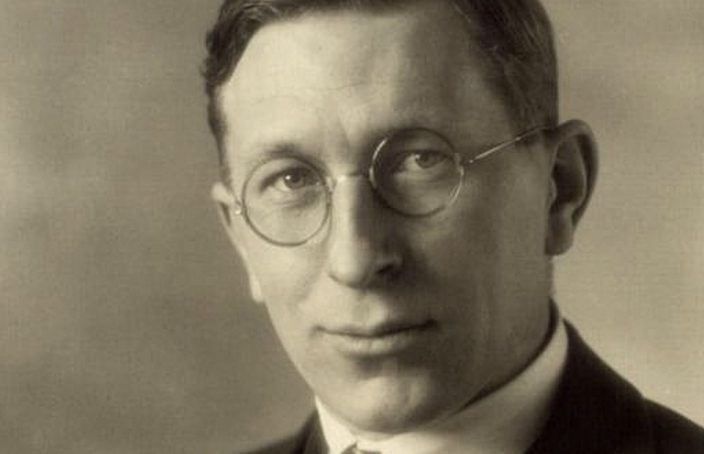Ninety-nine years ago Dr Frederick Banting graced the front cover of Time Magazine due to his unbelievable contribution within the field of diabetes treatment.
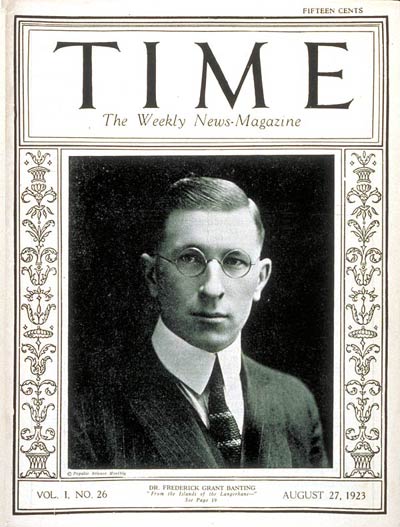
Banting’s work led to the understanding of how insulin works, how it can be isolated and, importantly, how it can be used to manually manage blood sugar levels in people with an affected pancreas. But saving the lives of millions of people across the globe isn’t the only impressive thing about the man. How many of these facts about Banting did you know?
Not just a scientist, but an artist too

Although more well known for his medical research, Banting also made a large impact in artistic circles.
He faced a lot of obstacles in his quest to isolate insulin and make it available for people with type 1 diabetes. A lot of these were stressful, and he used art as a form of escape and as a way to relax. For him, the beauty of his paintings and sketches was in the act of making them.
He became friends with some of the significant members of the Canadian artistry circles in the early half of the 20th Century, including A.Y Jackson, and his work became very popular and rare, especially after his early death.
A hero of war
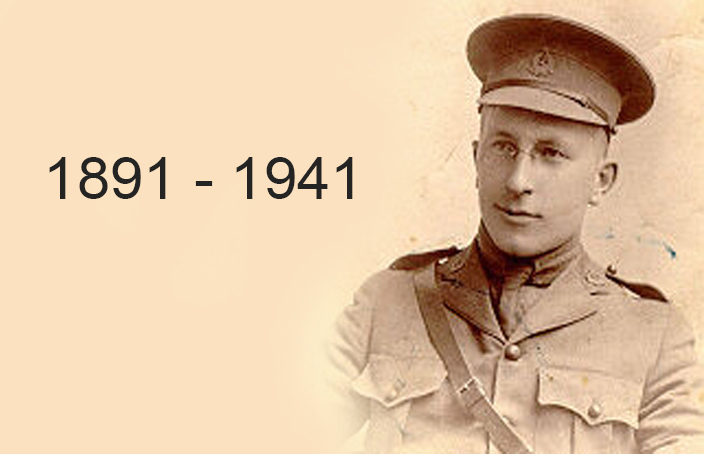
The First World War dominates the history of the early 20th Century, just as it dominated the lives of people from all over the UK, Europe, America, and Canada. Frederick Banting was not exempt, and reported to the Canadian Army Medical Service in 1916. He was eventually awarded the Military Cross for his “meritorious services in time of war.”
Banting helped to patch up soldiers and save lives in the gruelling four-year long war, even acting as a medic while under fire and when he himself was seriously injured.
He died young, furthering medical research
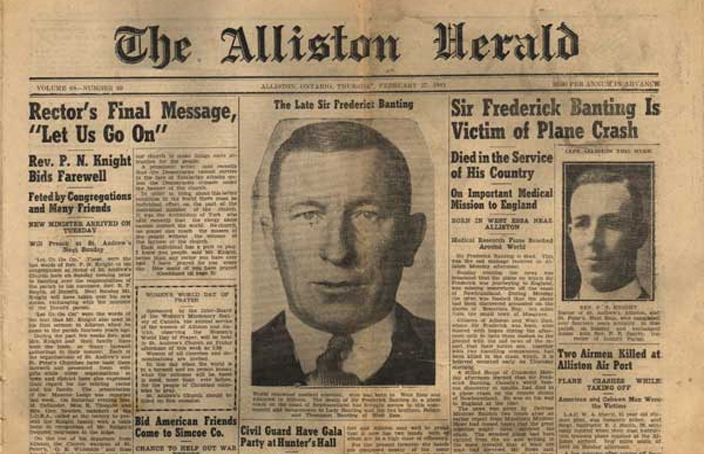
Although Banting had, by the time the Second World War had started, long solved his conundrum of isolating insulin and using it to treat type 1 diabetes, he wasn’t finished with his medical research. Unfortunately, this continued research arguably led to his death.
He joined the National Research Council and began investigating what was called aviation medicine. This largely involved creating a specialised suit that would prevent pilots from falling unconscious when subjected to the conditions of intense airplane manoeuvres.
Unfortunately, it was during a flight to Great Britain while he was to helping to transfer research to the allied forces that the plane that he was on crashed in Newfoundland. Despite surviving the initial crash, Banting unfortunately succumbed to his wounds in the following days.
Banting wasn’t alone
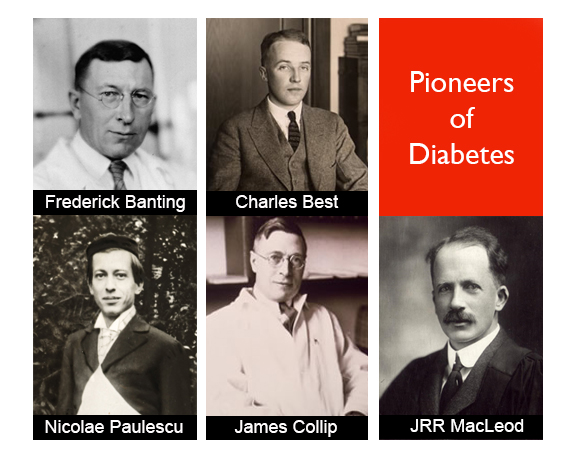
Despite the fact that Banting is largely credited with the work that led to the treatment for type 1 diabetes, he didn’t do his work alone. Charles Best and John James Rickard “JJR” MacLeod also played a huge part in the development.
In fact, Macleod was also granted the Nobel Prize for the development of insulin treatment alongside Banting. The money given to them as part of the Nobel Prize was shared with Best and the rest of the research team that helped Banting and MacLeod along the way.
However, Banting’s team were not the only ones to discover insulin and the role it plays. Nicolae Paulescu, a Romanian scientist, also claimed to have discovered it’s use around the same time.
Flame of Hope
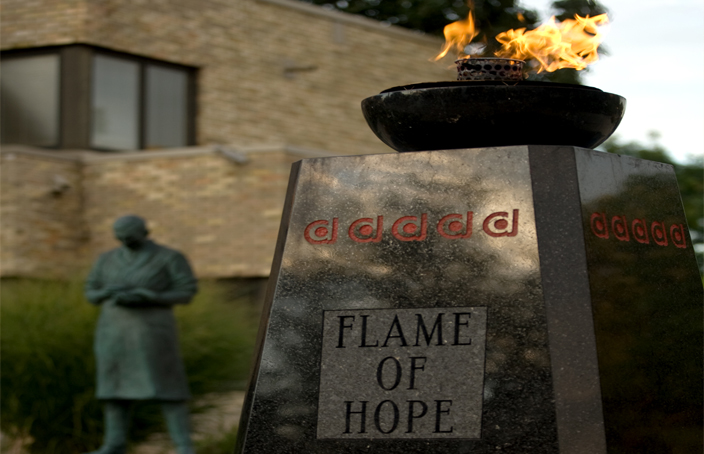
As a way to commemorate not only Banting and his work, but all the people who live with diabetes around the world, a monument called the Flame of Hope was erected in London, Ontario, in 1989.
The monument is over two metres tall, and on top, there is an eternal flame, which will constantly burn until a cure for diabetes is discovered. The flame was lit by the Queen Mother and serves as a reminder that insulin is only a treatment, not a cure, for type 1 diabetes.
